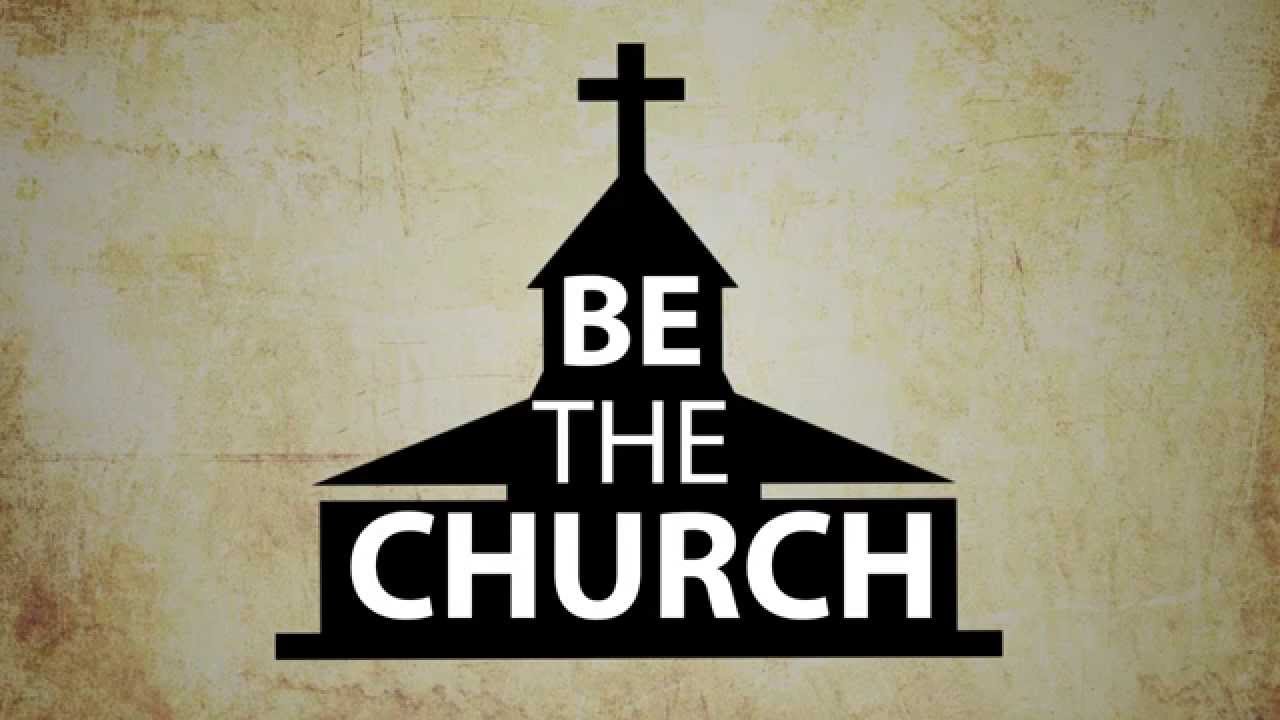4 Then all the elders of Israel gathered together and came to Samuel at Ramah 5 and said to him, “Behold, you are old and your sons do not walk in your ways. Now appoint for us a king to judge us like all the nations.” 6 But the thing displeased Samuel when they said, “Give us a king to judge us.” And Samuel prayed to the Lord. 7 And the Lord said to Samuel, “Obey the voice of the people in all that they say to you, for they have not rejected you, but they have rejected me from being king over them. 8 According to all the deeds that they have done, from the day I brought them up out of Egypt even to this day, forsaking me and serving other gods, so they are also doing to you. 9 Now then, obey their voice; only you shall solemnly warn them and show them the ways of the king who shall reign over them.” 1Samuel 8.6
I had an interesting conversation with a friend the other day. Among other things, we talked about the not-so- new multi-site movement. Everyone (well, really just pastors with too much time on their hands) seem to be talking, planning, or promoting muti-site. And though the this method (in different forms) has been around for some time. , it feels as if the “buzz” has intensified over the last five years or so. The buzz is full of critics, coaches, and a lot of confusion. No one even knows what to call them anymore–campus, site, church? What is sure is that if don’t have some vision for multi-site some day, you’re a dinosaur who will one day be extinct. It’s almost as if the evangelical church is going(or gone) through its mid-life crisis and the “traditional” church planting model is simply not the attractive anymore (or not attractional?). Of course, there are different definitions of what is meant by multi-site. And the flavor of this growing “movement” we discussed most was the video-venue where one pastor is broadcasted or hologrammed over multiple locations in a public gathering. The discussion centered on what the effect of this kind of elevation (of one man) might have on the church. I’m not trying to emphasize any negative connotations attached to elevate, only trying to describe the reality of what is happening when you put one man on a study bible, website, podcast channel, twitter account, fan page, or a screen in 25 different locations 90% of the time.
new multi-site movement. Everyone (well, really just pastors with too much time on their hands) seem to be talking, planning, or promoting muti-site. And though the this method (in different forms) has been around for some time. , it feels as if the “buzz” has intensified over the last five years or so. The buzz is full of critics, coaches, and a lot of confusion. No one even knows what to call them anymore–campus, site, church? What is sure is that if don’t have some vision for multi-site some day, you’re a dinosaur who will one day be extinct. It’s almost as if the evangelical church is going(or gone) through its mid-life crisis and the “traditional” church planting model is simply not the attractive anymore (or not attractional?). Of course, there are different definitions of what is meant by multi-site. And the flavor of this growing “movement” we discussed most was the video-venue where one pastor is broadcasted or hologrammed over multiple locations in a public gathering. The discussion centered on what the effect of this kind of elevation (of one man) might have on the church. I’m not trying to emphasize any negative connotations attached to elevate, only trying to describe the reality of what is happening when you put one man on a study bible, website, podcast channel, twitter account, fan page, or a screen in 25 different locations 90% of the time.
As we talked, we began to consider Israel and their cry for a King in light of the failing leadership model God had installed. Though we cannot argue that this failure surprised God, we can agree that he describes their request as a sinful rejection of His Lordship (and the structure he provided to exercise it). They wanted a man, a king who was not priest, not prophet, and not a judge raised up by God. They wanted a King to represent them, a King to lead them, a King to judge them–just like the other nations. In our culture today, I think we see a similar trend, one that is not new, but becoming more common. Whether it is a business, a sports team, a political party, or some other kind of institution, they all have (and want) a face leading them. This person is a spokesperson, a representative, a leader, a visionary, a personality, someone to praise if they produce and someone to blame if they fail. And as these organizations become embodied by a man–the quality, the mission, even the importance of the institution is lost; it becomes meaningless in what Emerson would describe as, “the lengthened shadow of one man.”
We wondered if this is what is happening with the church? Has the evangelical church started looking for a King again–one who is not Jesus–but a new man to represent them? Has that man, his personality, his words, his identity become more important than the identity of the church–or the Lord who died for her? Has the evangelical church grown dissatisfied with how God designed his church that they are looking to much at culture for a new model? Has the evangelical church become so much like the world that they are no longer a city on a hill..but just another city?




